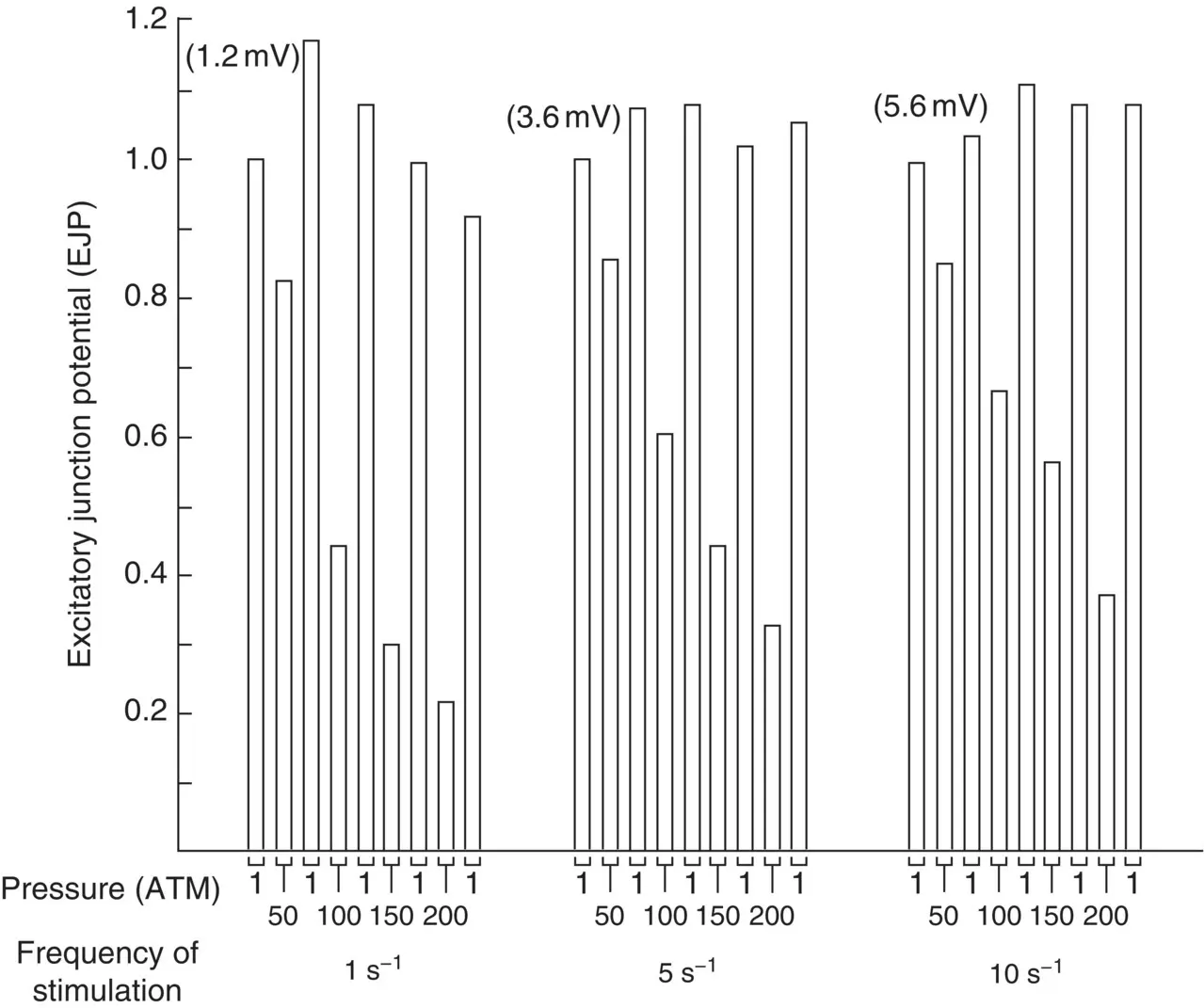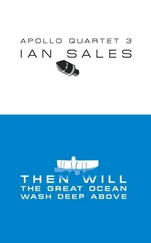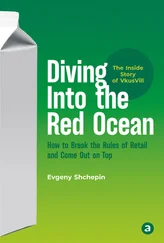Joseph J. Torres - Life in the Open Ocean
Здесь есть возможность читать онлайн «Joseph J. Torres - Life in the Open Ocean» — ознакомительный отрывок электронной книги совершенно бесплатно, а после прочтения отрывка купить полную версию. В некоторых случаях можно слушать аудио, скачать через торрент в формате fb2 и присутствует краткое содержание. Жанр: unrecognised, на английском языке. Описание произведения, (предисловие) а так же отзывы посетителей доступны на портале библиотеки ЛибКат.
- Название:Life in the Open Ocean
- Автор:
- Жанр:
- Год:неизвестен
- ISBN:нет данных
- Рейтинг книги:5 / 5. Голосов: 1
-
Избранное:Добавить в избранное
- Отзывы:
-
Ваша оценка:
- 100
- 1
- 2
- 3
- 4
- 5
Life in the Open Ocean: краткое содержание, описание и аннотация
Предлагаем к чтению аннотацию, описание, краткое содержание или предисловие (зависит от того, что написал сам автор книги «Life in the Open Ocean»). Если вы не нашли необходимую информацию о книге — напишите в комментариях, мы постараемся отыскать её.
Life in the Open Ocean: The Biology of Pelagic Species
Life in the Open Ocean: The Biology of Pelagic Species
Life in the Open Ocean — читать онлайн ознакомительный отрывок
Ниже представлен текст книги, разбитый по страницам. Система сохранения места последней прочитанной страницы, позволяет с удобством читать онлайн бесплатно книгу «Life in the Open Ocean», без необходимости каждый раз заново искать на чём Вы остановились. Поставьте закладку, и сможете в любой момент перейти на страницу, на которой закончили чтение.
Интервал:
Закладка:
Early Work
Unlike temperature or salinity, which can be readily adjusted in the laboratory, conducting experiments with pressure requires specialized instrumentation in the form of pressure vessels. The larger the vessel, the more expensive it is to manufacture, which has limited the amount of research done on the effects of pressure. Despite the difficulties of working with it, enough research has been done on pressure for us to know its basic effects and its main sites of action. In fact, pressure research has a fairly long history, encompassing taxa ranging from bacteria to metazoan invertebrates and fishes. We will cover the points that most directly apply to pelagic fauna.
Regnard (1884, 1891) was the first scientist to study the effects of hydrostatic pressure on invertebrates and fishes. Inspired by the voyages of the Challenger (1872–1876) and the Talisman (1882–1883) and their discovery that life existed at the great depths of the ocean, Regnard decided to bring the environment of the deep sea into the laboratory. He tested the effects of pressure up to 1000 atm on various freshwater and marine animals using a hydraulic pump and rapid pressurization. He found that decapod Crustacea and bony fishes were less resistant to pressure than anemones, echinoderms, mollusks, and annelids. His results on the responses of species to pressure are valid to this day.
Ebbecke (1944) continued the work of Regnard to its logical conclusion also using surface‐dwelling and intertidal species. He composed a list of relative pressure tolerance in animal groups going from highest tolerance to lowest: (i) Anemones, (ii) Starfish, (iii) Sea urchins, (iv) Scyphozoan medusae, (v) Gastropods, (vi) Polychaetes, (vii) Shrimp, and (viii) Teleosts.
In addition, he did some behavioral observations of animals exposed to stepped pressures and found that behavioral responses could be divided into three distinct classes.
Phase I. (50 atm) Phase I was characterized by a state of excitement or increased activity as if nervous. Low pressure thus seemed to act as a stimulant.
Phase II. (150 atm) Phase II was characterized by a state of moribundity, almost as if the animal were paralyzed.
Phase III. (200 atm) Phase III caused tetany (maximal contraction of muscles) in shallow invertebrates, and fish were killed immediately. Therefore, surface‐dwelling fishes cannot cope with a pressure equivalent to a depth of 2000 m.
Work on tolerance to pressure continued into the late 1960s using similar techniques: shallow‐dwelling species exposed to high pressure using small pressure vessels and rapid pressurization. Authors well known for pressure research of this kind were R.J. Menzies, R.Y. George, V. Naroska, C. Schlieper, and H. Flugel (Flugel and Schlieper 1970). An interesting new twist to pressure research was the use of the hydrowinch on an oceangoing research vessel (Menzies and Wilson 1961) as a mechanism for applying pressure. Animals were placed in net‐covered jars affixed to the hydrowire and sent to depths ranging from 469 to 3480 m. The lined shore crab Pachygrapsus crassipes succumbed to trips below 867 m but survived lesser depths with severe tetany from which they eventually recovered. Mussels ( Mytilus edulis ) were more resistant, surviving trips to 2227 m, but all succumbed to a round trip to 3480 m. It is worth noting that the authors also exposed both species to the lower temperatures they experienced at depth, with no ill effects observed.
At the same time that interest was developing in tolerance to pressure, pressure effects on rate functions were being explored. Regnard initiated this type of research by observing animals through the window of his pressure vessel. The best of the early pressure physiology was by Fontaine (1928) who was the first to study the effects of pressure on the oxygen consumption of plaice ( Pleuronectes platessa ), a European flatfish popular as a menu item. His results mirrored those of Ebbecke in that low and moderate pressures had a stimulatory effect on oxygen consumption rate (VO 2), while high pressures were debilitating. At 25 atm, plaice increased VO 2by 28%, at 50 atm by 39%, at 100 atm by 58%, and at 100 atm, VO 2declined.
Workers through the 1930s, 1940s and 1950s continued to test pressure tolerance and the effects of pressure on physiological rates such as rates of ciliary activity in mussels, and the effects on muscle contraction, but all that work was on shallow‐living marine or freshwater species. It was not until the early 1960s that experiments began on species that live under pressure. That work was followed by more sophisticated experiments using isolated physiological preparations.
Later Work
One of the most noteworthy studies in the later pressure literature was that of Campenot (1975), who wished to define the neural mechanisms underlying the observed changes in behavior of shallow‐dwelling species in response to pressure. The changes in which he was most interested were the excitation caused by pressures <150 atm and the moribundity or depression caused by pressures >150 atm.
Two previous studies provided background relevant to the observed excitability of species at lower pressures. The first noted that hydrostatic pressure dropped the firing threshold for giant axons in squid (Spyropoulos 1957), and the second observed a similar response in frog nerve (Grundfest 1936). That is, less stimulation was required to elicit neural activity in isolated nerve preparations in both species when they were under low pressure. Their results failed to explain the observed moribundity at high pressures, nor did they give a mechanistic explanation for why neural stimulation occurred at modest pressures.
Campenot used a neuromuscular preparation of the walking legs of two Crustacea to evaluate the effects of pressure. The first preparation was from Homarus americanus , the New England lobster dwelling in water 520 m and shallower. The other was of Chaceon (formerly Geryon) quinquidens , a deeper‐dwelling red crab found from 300 to 1600 m on the continental slopes of coastal North America. Dr. Campenot’s technique was straightforward; he stimulated the excitatory neuron leading to the muscle with one electrode and recorded the response from the muscle with another.

Figure 2.17 The effect of pressure on Excitatory Junction Potentials (EJP) recorded from a lobster muscle fiber. Each bar represents the average of about 20 EJP's. The ordinate is an amplitude index with the first average at 1 atm for each frequency set at 1. Its value in millivolt is given in parenthesis.
Source: Adapted from Campenot (1975), figure 3 (p. 136). Reproduced with the permission of Elsevier.
Muscles respond to neural excitation with Excitatory Junction Potentials (EJPs) which then effect a muscle contraction. By examining the amplitude of the EJPs in response to a given fixed stimulus at different hydrostatic pressures, the effect of pressure on the neuromuscular response could be described. Dr. Campenot found that pressure caused an across‐the‐board depression of EJP amplitude in the lobster ( Figure 2.17), but the EJP amplitude was independent of pressure in the deeper‐dwelling red crab. In fact, it is now known that independence from pressure effects in species that dwell under pressure is the most common adaptive strategy.
The postulated cause for EJP depression in lobster was a pressure‐induced interference of neurotransmitter release at the synapse. At virtually all junctions between nerve and muscle, the neural signal is propagated across the microscopic gap at the neuromuscular junction using a chemical, or neurotransmitter, the best known of which is acetylcholine. Both excitatory and inhibitory neurotransmitters are present at the neuromuscular junction. It was speculated that the observed stimulatory effects of modest pressure were caused by a differential inhibition of transmitter release at inhibitory synapses. In such a situation, excitatory neural activity would then greatly over‐ride the depressed inhibitory synapses, resulting in hyperactivity.
Читать дальшеИнтервал:
Закладка:
Похожие книги на «Life in the Open Ocean»
Представляем Вашему вниманию похожие книги на «Life in the Open Ocean» списком для выбора. Мы отобрали схожую по названию и смыслу литературу в надежде предоставить читателям больше вариантов отыскать новые, интересные, ещё непрочитанные произведения.
Обсуждение, отзывы о книге «Life in the Open Ocean» и просто собственные мнения читателей. Оставьте ваши комментарии, напишите, что Вы думаете о произведении, его смысле или главных героях. Укажите что конкретно понравилось, а что нет, и почему Вы так считаете.












